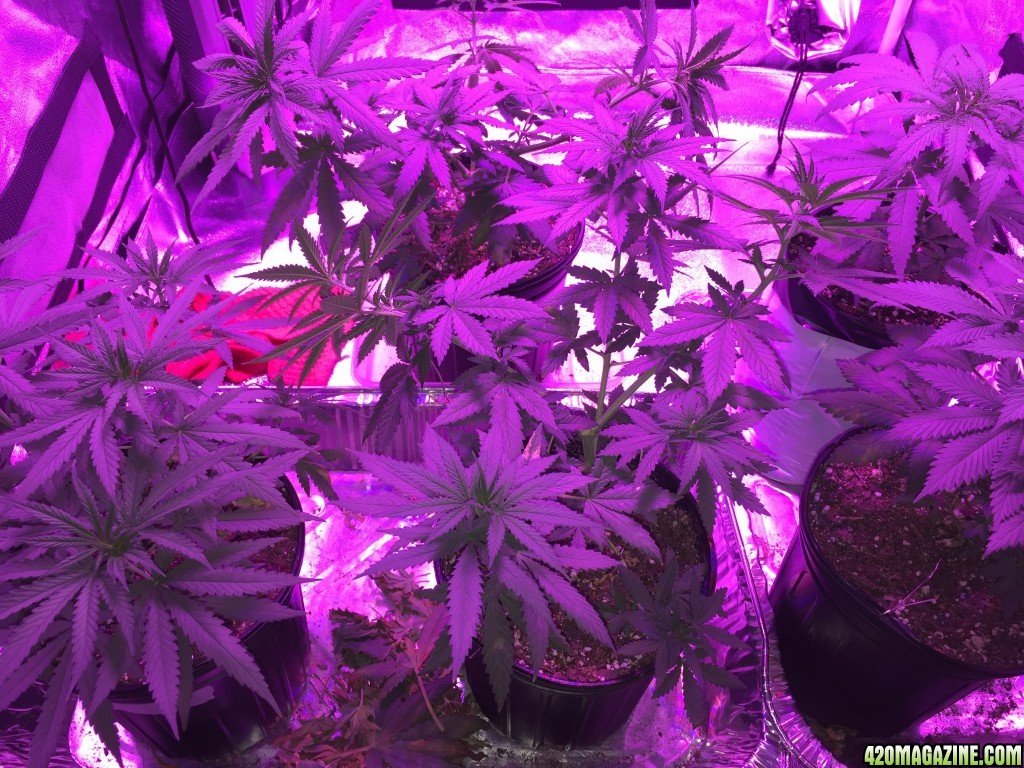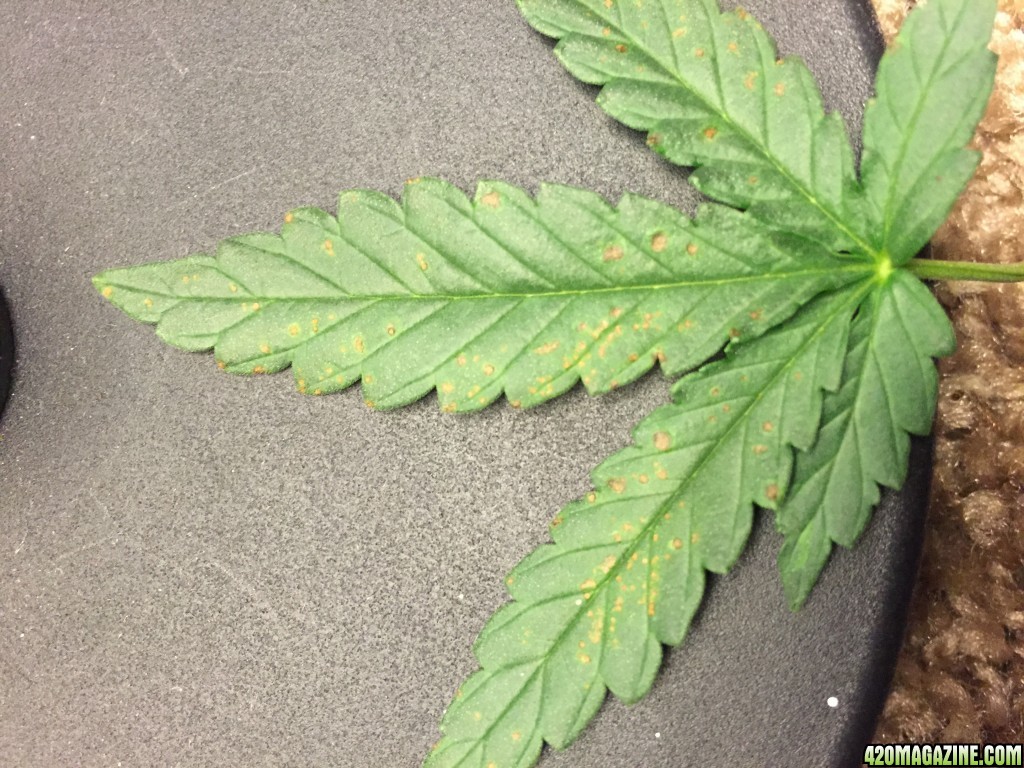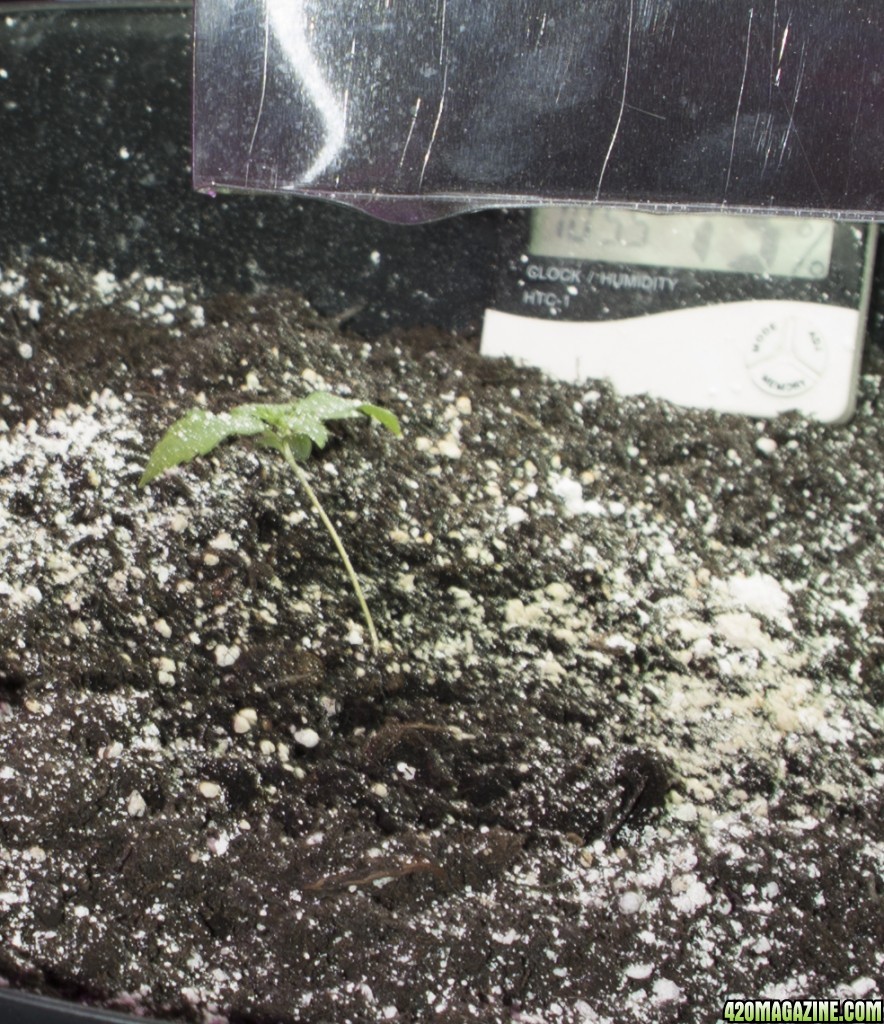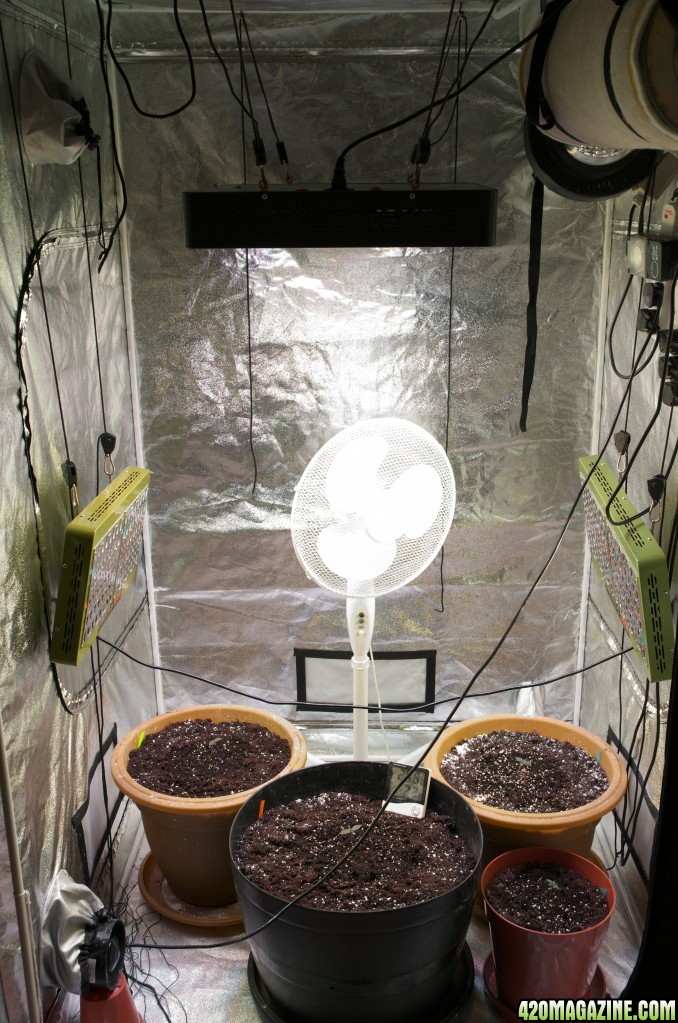Ed Rosenthal would disagree with regards to the 550n wavelength. Also I always thought if in this case the object is green it means it's reflecting more green then anything else, that's why it's green. It even appears this massive expert in growing indicates you could in theory walk into a flowering dark room with a green light and not disturb them. Am I reading this right?
text below from ed rosenthals site
Ed Rosenthal's Marijuana Grower's Handbook
GREEN AND BLUE LIGHT AT NIGHT
As plants evolved for hundreds of millions of years they never actually had to deal with separation of light spectrums or unusual lighting regimes. When they received light it came from the sun in a mixture of spectrums and they could pick and choose which to use. It was only with the advent first of gas and then electric lighting that plants encountered unusual regimens and splintered spectrums.
Plants measure day length using the red light spectrum. While they use other spectrums for other purposes, they are not sensitive to them as far as flowering is concerned. They are almost totally insensitive to green light and for this reason reflect it back to us while absorbing most other spectrums.
Plants' insensitivity to green light can be used to a gardener's advantage. You know that turning the light on in the middle of the dark cycle disturbs the plants' flowering paradigm. The light, HPS, fluorescent and MH lamps all emit red light. Green fluorescent and LED lights contain no red light and will not disturb the dark period. You can go in the garden under adequate light to work, as long as it is green.
Plants use blue light for certain regulatory processes and also for photosynthesis. Chlorophyll absorbs both blue and red light and uses the light's energy to power the complex process in which water and atmospheric carbon dioxide are converted to sugar and oxygen gas. Blue light does not affect the regulation of flowering.
When blue light is turned on during the dark period, plants photosynthesize but their flowering isn't affected. This results in more growth as the plants produce more sugars. Before LED lights it was difficult to create a pure blue light. Instead, most of the time other spectrum's were filtered out, which can be an inconvenient process. Try using between 20 and 40 watts of mixed blue light per 1000 watts of regular light. I have done only initial experimentation with this so test this in a limited way first. I suspect that the additional light is an efficient way of increasing total yield
Aside from red and blue light, plants also use orange light for photosynthesis. I haven't experimented with them yet, but orange LEDs might also help increase yield and probably can be lit continuously, just like the blues. More on this as the news breaks–or at least, as it fractures.
 thanks for the info, Celt.
thanks for the info, Celt.


 I love this post, Celt, keep learning and enjoy growing
I love this post, Celt, keep learning and enjoy growing 

 new baby~~ new grow~~ hope you have more harvest~~
new baby~~ new grow~~ hope you have more harvest~~
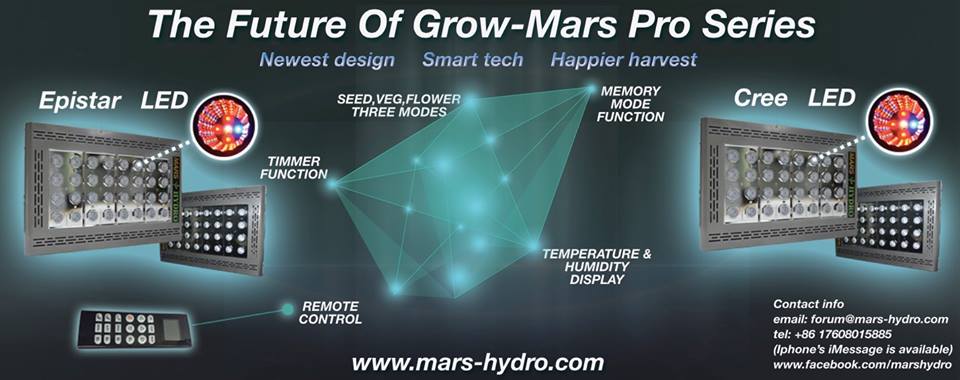
 the website is under updation. In early September, the new website will come out, with new lights.
the website is under updation. In early September, the new website will come out, with new lights. 
 you are much welcome to share here with us your grow.
you are much welcome to share here with us your grow.

